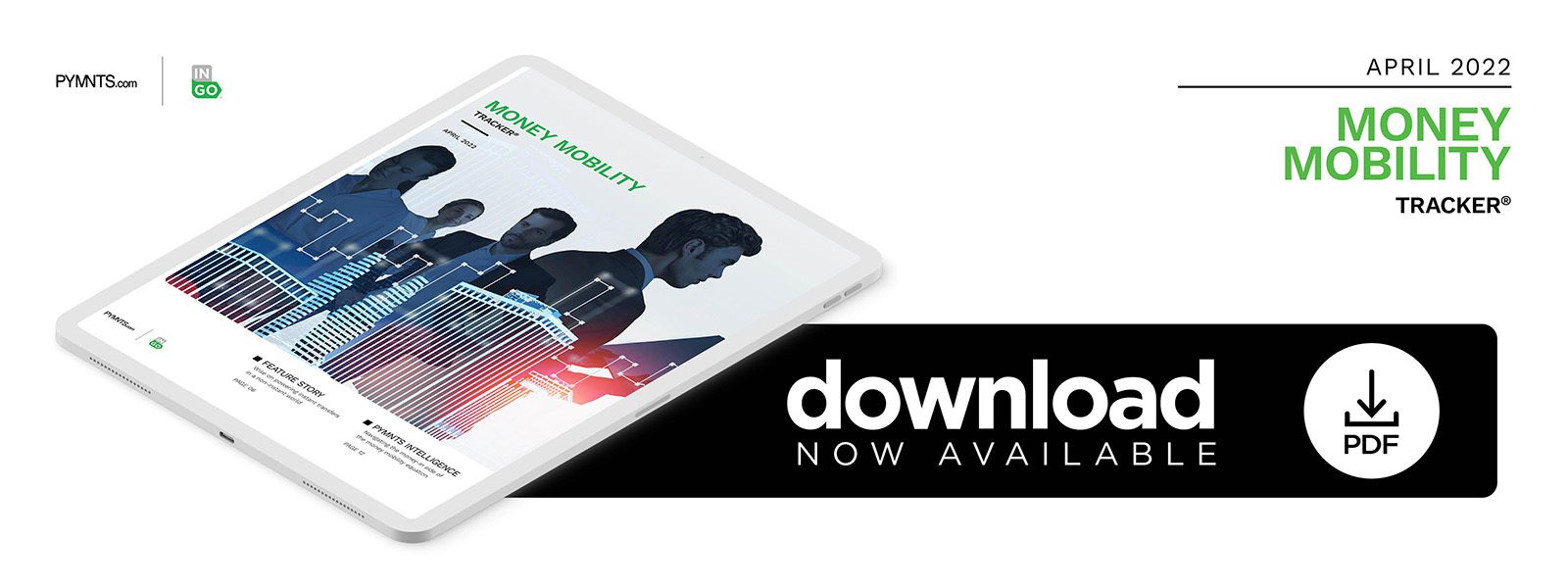Wise on Powering Instant Transfers in a Non-Instant World

For all our tech advances, moving money quickly and reliably is still a challenge — especially on a global scale. In the latest “Money Mobility Tracker,” Wise’s Sharon Kean looks at how integrating domestic financial systems, working with local partners and automating risk management can accelerate cross-border transfers.
When Wise began operating more than a decade ago, the founders set out with the goal to make cross-border money transfers simpler and more transparent, according to Sharon Kean, global expansion senior product director for the FinTech company.
The first challenge they addressed was presenting customers with the true exchange rate they were receiving separate from any added fees, rather than rolling the fees into the exchange rate as some competitors do, she said.
As the company’s scope has expanded beyond money transfers between the United Kingdom and Europe, so have its challenges. Wise now covers more than 50 different currencies and facilitates exchanges between a host of countries. That scope, combined with Wise’s approach to accelerating cross-border money transfers, means the company has to navigate various financial structures and gives it a unique perspective on the current state of money mobility on a global scale.
Transferring Instant Payments
To power instant payments across borders, Wise holds its own accounts in each country where it operates, sometimes with partner financial institutions (FIs).
“Up to 40% of our payments are actually instant,” Kean said. “So, if you send money from the U.K. to Australia, or from the U.S. to Europe, often it’s instant.”
When a Wise customer initiates a money transfer from their account, the actual transfer goes into a Wise company account in the same country where the transfer originates. Based on its own risk assessment process, Wise then releases money from an account in the country where the transfer is being received. Wise does not have to wait for the funds to cross borders as a result and can significantly speed up money transfers.
“We try not to actually, physically, move money between borders,” Kean said.
The major factor preventing more Wise transactions from being instant is the financial systems and regulations within different countries, she explained. Some transfers may also be slowed based on the risk profile of the customer making the transfer or the entity receiving funds, but even that often comes back to how quickly that country’s financial system permits money to be received into Wise’s domestic account.
Navigating Regulations as a FinTech
As with many FinTechs, Wise is building out the services associated with customer accounts, enabling them to hold, spend, send and receive funds associated with their Wise accounts in a manner that resembles bank accounts. Wise even offers a debit card, though it is not a bank. The company is sometimes restricted in countries requiring a banking license to integrate directly into the domestic payment scheme, and depends on partner FIs in those countries.
Wise is already directly integrated in the U.K., Australia and parts of Europe. Transfers must be completed with the assistance of a partner FI in markets such as the U.S.
“The gold standard that we aim for is [direct integration], because that’s the route to getting it the fastest and the cheapest,” Kean said.
Unfortunately, having to work with a partner FI introduces added costs and added steps. In countries where Wise is directly integrated, it transfers money directly to the recipient’s account. In non-integrated countries, it depends on the partner FI’s capabilities, capacities and policies.
Managing Risk to Make Payments Instant
While not all countries have true instant payment schemes, and others are still in development, Wise applies a risk assessment model common among FinTechs for speeding up transfers.
“At the end of the day, the clearing system has that lag of up to three days,” Kean said. “But there are ways of assessing whether you think someone is going to abuse the system or not, and you can therefore make some of those payments move a bit quicker.”
How easily Wise can do that depends on whether it can make direct transfers or it needs to work through a partner FI. In some markets, the FinTech may have a choice of partners with well-developed digital tools such as application programming interfaces (APIs), but in others, it may have a partner with outdated or non-existent APIs, slowing down the process.
“The older, legacy infrastructure can be really hard to work with,” Kean said. “I think that’s a challenge that probably every FinTech has.”
Working with legacy FIs can also mean working with risk management policies that are not taking advantage of the latest technology, an area in which Wise has invested significant effort.
“We want our customers to not have their payments stopped, or we don’t want to make them wait too long to be verified or onboarded,” Kean said. “At the same time, we’ve got to build in a way where we do the right checks and don’t let bad actors use our platform.”
As someone based in London, where instant payments have been the standard for some time, Kean said that she is often surprised by how slow money can move in other countries, indicating room for improvement moving forward. As consumers become more familiar with the concept of instant payments due to the efforts of FinTechs and other financial providers, demand for the regulatory and systemic changes to make them more common will grow.
